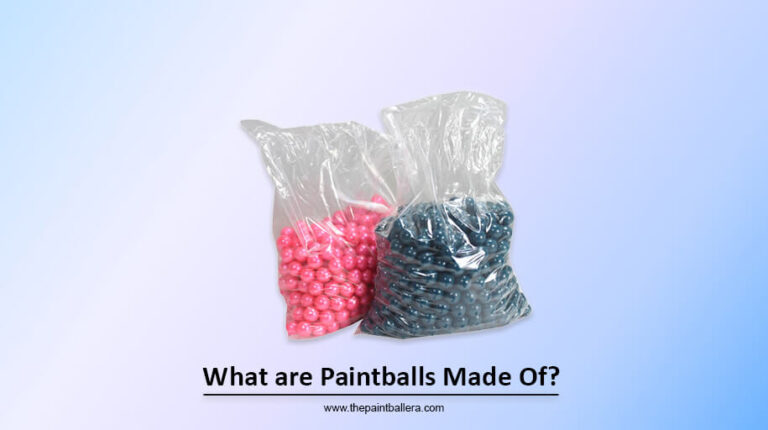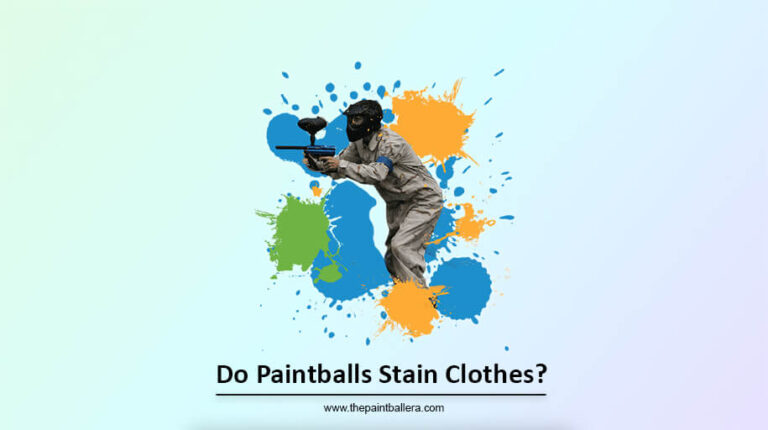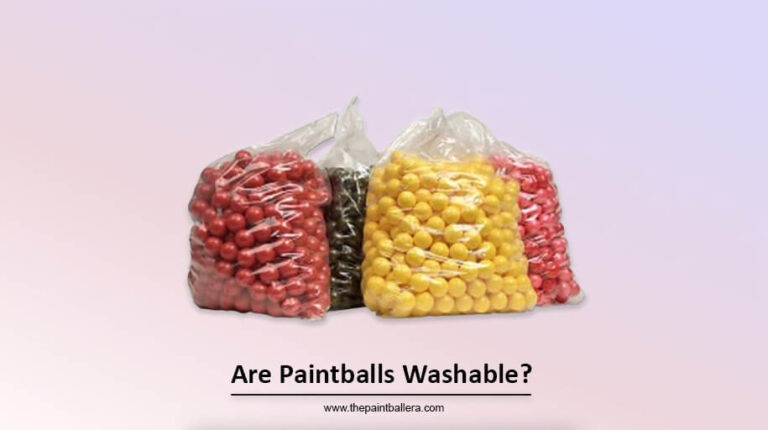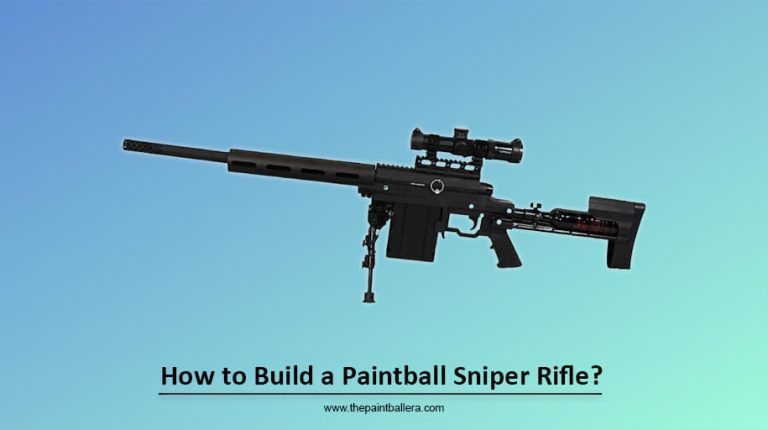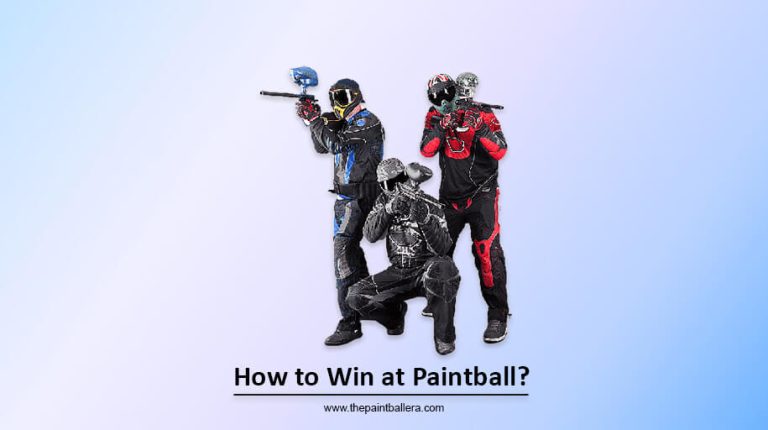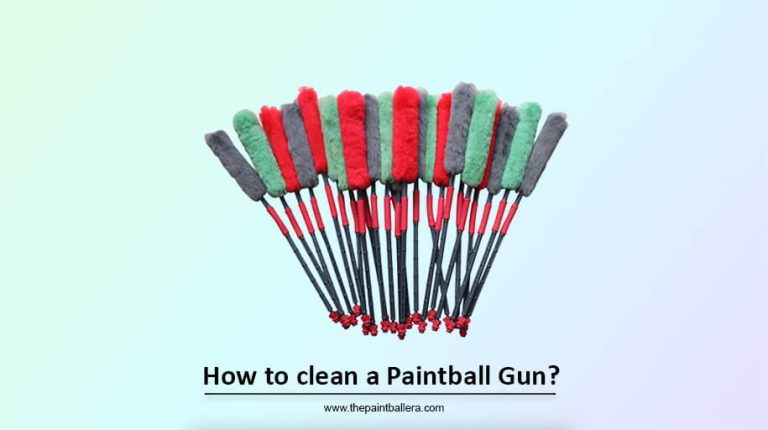How to Remove Duracoat?
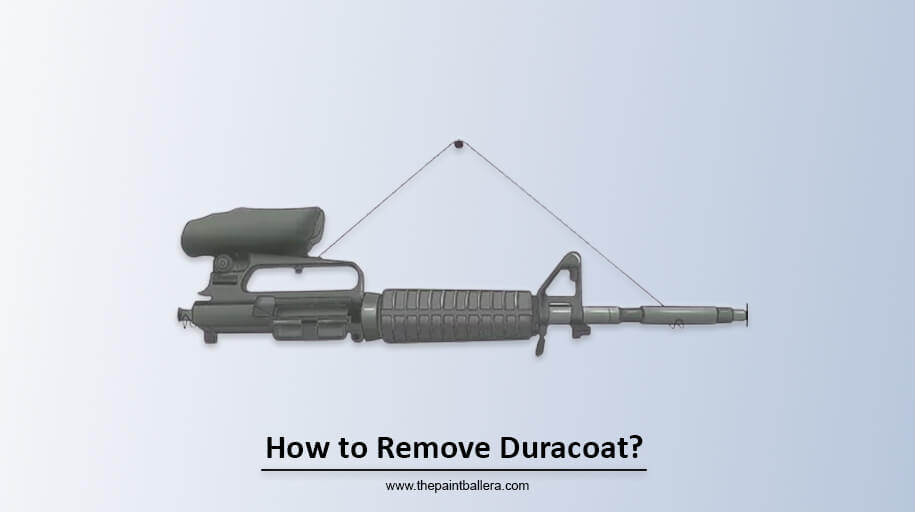
Hey there, folks! I can tell you’re here because you’ve got some questions about Duracoat, precisely how to remove it. We’ve all been there—maybe you want to redo the finish on your firearm, or perhaps the initial application didn’t turn out quite how you hoped.
Whatever the reason, understanding how to remove Duracoat properly is crucial if you’re looking to give that project another go. In this blog post, I’ll guide you through the step-by-step process of applying Duracoat and delve deep into the methods you can use to remove it safely.
But that’s not all; we’ll explore its benefits, answer common questions, and even dig into the details, like its base and colour options.
How To Apply Duracoat Step-By-Step
Before we dive into the removal process, let’s first look at how to apply Duracoat correctly. Knowing the right way to use it can save you from the headache of having to remove and reapply it later. Let’s get your project off on the right foot.
1. Preparation: Start by disassembling the firearm or the object you want to coat. Clean it thoroughly to remove any grease, dust, or debris.
2. Sanding: Lightly sand the surface with fine-grit sandpaper to improve adhesion. Make sure to wipe off any residual dust post-sanding.
3. Primer: While Duracoat can adhere to bare metal, a coat of primer can offer an added layer of durability. Apply it evenly and let it dry.
4. Mixing: Shake your Duracoat paint well and mix it as directed, usually with a hardener.
5. Spray: Using an HVLP gun or aerosol, the Duracoat can be applied evenly over the surface. Maintain a consistent distance to avoid any drips or uneven coating.
6. Curing: Let the object sit for a designated time to allow the Duracoat to cure. The time may vary based on environmental conditions.
7. Reassembly: Once the Duracoat has fully cured, reassemble your firearm or object.
How To Remove Duracoat? Explain
So, you’ve got Duracoat on your firearm or project, and now you need it off. You may not be thrilled about your chosen colour, or you could have gotten that smooth, even the finish you aimed for.
I understand; we all make mistakes, and sometimes a do-over is the best way forward. Here are some methods you can try:
Acetone
Acetone can be a quick solution, especially if the Duracoat has yet to cure fully. Just soak a cloth in acetone and gently rub the coated surface. Ensure you’re working in a well-ventilated area and have safety gear on—acetone fumes aren’t a breath of fresh air.
Abrasive Blaster
An abrasive blaster can also effectively remove Duracoat. But be warned: this method is aggressive and might remove some underlying material. Use this as a last resort only after conducting a small test patch.
Paint Stripper
Paint strippers can work wonders on Duracoat. Apply it as per the instructions on the label, usually by brushing it on, and then allow it some time to break down the coating. Scrape off the loosened Duracoat, and you’re back to square one.
Brake Cleaner
A brake cleaner is another option. It’s less aggressive than an abrasive blaster but still does well. Spray it on the Duracoat, let it sit, and then wipe it off.
The Many Benefits of Duracoat
Now that we’ve covered the how-to’s of both applying and removing Duracoat let’s talk about why you might want to use it in the first place.
Duracoat isn’t just another paint; it’s specially formulated to withstand extreme conditions, making it a popular choice for firearms, outdoor gear, and more.
1. Durability: As the name suggests, Duracoat is known for its exceptional durability. It resists scratching, chipping, and general wear and tear better than most other finishes.
2. Ease of Use: It’s pretty straightforward to apply, even if you’re a DIY newbie. There’s no need for baking or any complicated application processes.
3. Variety: With many colors and finishes, Duracoat allows you to personalize your project.
4. Corrosion Resistance: It offers excellent protection against rust and corrosion, making it an ideal choice for firearms or any metal objects exposed to harsh conditions.
5. Chemical Resistance: It can withstand exposure to oils, solvents, and other chemicals, further extending the life of your coated items.
Is Duracoat Water-Based?
This is a common and important question, especially if you’re concerned about fumes or clean-up.
Duracoat is generally not water-based; it’s often solvent-based, so you must take some safety precautions. Ensure you work in a well-ventilated area and use appropriate safety gear, like gloves and masks.
Why You Should Use Duracoat Paint
Given its robust features, Duracoat paint offers an effective way to extend the life of your gear or firearms.
Whether you’re a hunter looking to protect your rifle from the elements or a hobbyist trying to give an old object a new lease on life, Duracoat offers a versatile and durable solution.
Its ease of application also makes it a preferred choice for DIY projects. So, if you want a finish that’s as tough as it is customizable, Duracoat should be on your radar.
Is Duracoat an Epoxy Paint?
Duracoat isn’t an epoxy paint, although it shares some similarities, like durability and chemical resistance. Duracoat is a unique formulation designed to adhere well to metal surfaces and offer long-lasting protection.
It’s a two-component system that often includes a colour base and a hardener but doesn’t possess the same thermosetting properties as epoxy paints.
The Many Colors of Duracoat
One of the most incredible things about Duracoat is the wide range of colours and finishes. From matte to glossy and neutral to vibrant, the sky’s the limit when personalizing your project.
Whether you’re going for a classic look or something totally out of the box, Duracoat has covered you!
Conclusion
So, there you have it. We’ve covered the ins and outs of Duracoat—from applying it to successfully removing it and why you might want to use it in the first place.
Duracoat is more than just a pretty face; it’s a robust, versatile, and durable option that fits a wide range of needs and aesthetic desires.
Whether you’re a seasoned pro or just getting into the DIY world, Duracoat offers an easy and effective way to protect and personalize your projects.

